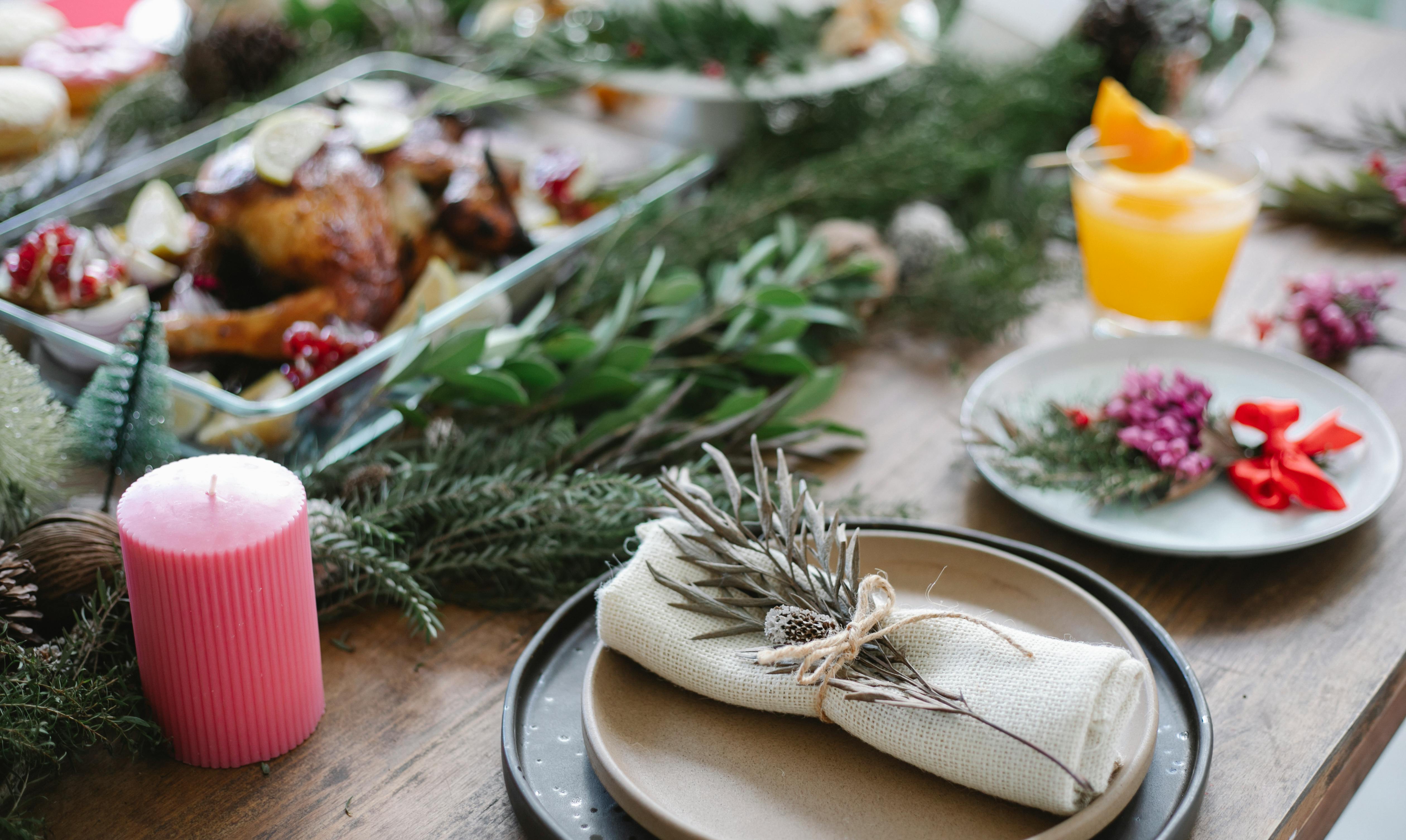
Even with all the changes in home design over the years, some things really don’t change at all. The default design of most living rooms or great rooms still includes two essential types of tables: coffee tables and end tables. While end tables, sofa tables, and console tables can be omitted from the design, these two tables seem to be a pretty standard fixture in every home.
So the problem is how to make them really stand out if they are in fact that common.
Most designers will tell you to stick to some very basic principles. The first is quite simple. If your room is quite busy, say it has a mix of styles or influences, then you’ll want to choose coordinating side and coffee tables. This will help tie the elements of the room together by providing some consistency in the furniture, at least on the tables in the room. Going with different tables can make your room decor totally out of control.
What if your decor is already tied together, either through matching upholstered furniture or using the same color palette or fabrics on the main furnishings? If this is the case, you can use your tables to create a spark of energy in the room by mixing them up.
For example, you can choose different styles of tables that have glass tops but differ in the materials used or even the styles. That’s not to say you should choose different furniture periods; it’s best left to a professional designer who can use his expertise to bring the elements together in ways the average homeowner could never dream of.
So let’s go back to the side table and coffee table problem for a minute. Instead of going with all the contemporary tables with glass tops, you could go for the same material or the same shape of base. You can also go with all of them in the same color or stain, say all brass or all mahogany or cherry. This will give you the consistent thread you need, even if the tables have different trims, shapes, or features.
If you want, you can even go a little bolder in your design by choosing matching side tables but getting a different coffee table, which can serve as the focal point of the room. For example, you could go for two matching mahogany end tables that complement a large steam trunk coffee table or a couple of darker rustic pieces that support a coffee table that is an old deck hatch or made of wood. of weathered barn.
The best part of working with this coffee and side table combo is the flexibility it offers, largely due to the huge selection of tables on the market today, particularly online. Each one has a unique design, and you can even choose different sizes of end tables to fit the unique spaces you have available in your home. For example, if you have a small space for a table, you might go for a small end table, one with a smaller top, or even a ladder for balance.
If you want to mix things up a bit and create a room that’s a bit more casual, opt for curved pieces or end tables that are round or oval. This can soften the room and make it more accessible to visitors.
Finally, don’t forget to use the decoration as a tie between your tables. The same lamps on two end tables can help tie them together visually, as can similar picture frames, candles, or complementary artwork, art, or sculpture. Experiment a bit and let your eye be your guide. If it sounds right to you, it probably is. And if you’re not sure, ask a trusted friend, hopefully one with exquisite taste, for their opinion.